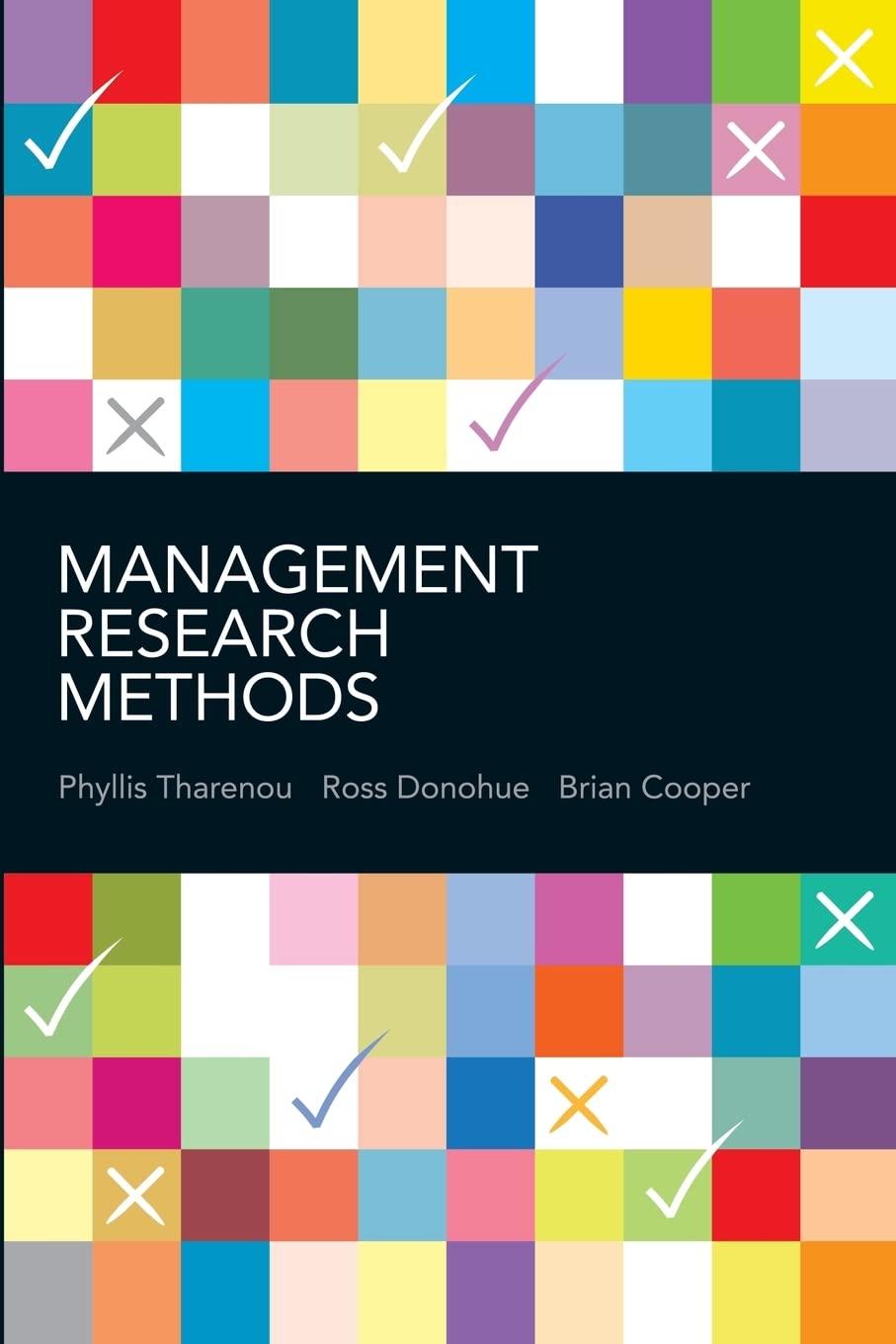Question
PROBLEM 1 Fargus Corporation owned 51% of the voting common stock of Sanatee, Inc. The parent's interest was acquired several years ago on the date
PROBLEM 1
Fargus Corporation owned 51% of the voting common stock of Sanatee, Inc. The parent's interest was acquired several years ago on the date that the subsidiary was formed. Consequently, no goodwill or other allocation was recorded in connection with the acquisition price. On January 1, 2010, Sanatee sold $1,400,000 in ten-year bonds to the public at 108. The bonds pay a 10% interest rate every December 31 and were sold to yield 8.76624%. Fargus acquired 40% of these bonds on January 1, 2012, for 95% of the face value. Based upon this purchase price, Fargus will receive a 10.9706% return on its investment. Both companies utilized the effective interest method of amortization. Fargus accounts for its investment in Sanatee using the initial value method.
REQUIRED:
In good form, prepare amortization schedules through December 31, 2015 for both the parent and subsidiary, rounding all figures to the nearest dollar.
In good form, prepare the consolidation elimination entries needed in connection with these intra-entity bonds at December 31, 2012.
In good form, prepare the consolidation elimination entries needed in connection with these intra-entity bonds at December 31, 2015.
PROBLEM 2
On January 1, 2012, John Doeby Enterprises acquired a 55% interest in BMI, Inc. (BMI). Doeby paid for the transaction with $3 million cash and 500,000 shares of Doeby common stock (par value $1.00 per share). At the time of the acquisition, Doebys and BMI's book values were:
|
| Doeby | BMI |
| Common Stock | 2,400,000 | 6,000,000 |
| Additional Paid-In Capital in Excess of Par | 12,050,000 | 10,870,000 |
| Retained Earnings | 2,500,000 | 100,000 |
|
| Book Value | Fair Value |
| Land | 1,700,000 | 2,550,000 |
| Buildings, net (7-years remaining life) | 2,700,000 | 3,400,000 |
| Equipment, net (5-years remaining life) | 3,700,000 | 3,300,000 |
On January 1, 2012 Doeby common stock had a market value of $14.90 per share and there was no control premium in this transaction. Any consideration transferred over book value is assigned to goodwill. BMI had the following balances on January 1, 2012.
For internal reporting purposes, Doeby employs the equity method to account for this investment.
REQUIRED:
In good form, prepare a schedule showing the determination of goodwill, and the amortization and allocation amounts, related to Doebys January 1, 2012 transaction.
Assuming that BMIs pre-consolidation balances show subsidiary net income of $625,000 and dividends declared and paid of $130,000, in good form, prepare the consolidation elimination entries needed at December 31, 2012.
Assume that on January 1, 2013, Doeby pays $2,000,000 to acquire another 10% of BMIs outstanding voting stock, in good form, prepare the entry Doeby will record to reflect this additional acquisition.
In good form, prepare a schedule showing the computation of the noncontrolling interest in BMI immediately after Doebys January 1, 2013 acquisition.
Step by Step Solution
There are 3 Steps involved in it
Step: 1

Get Instant Access to Expert-Tailored Solutions
See step-by-step solutions with expert insights and AI powered tools for academic success
Step: 2

Step: 3

Ace Your Homework with AI
Get the answers you need in no time with our AI-driven, step-by-step assistance
Get Started


